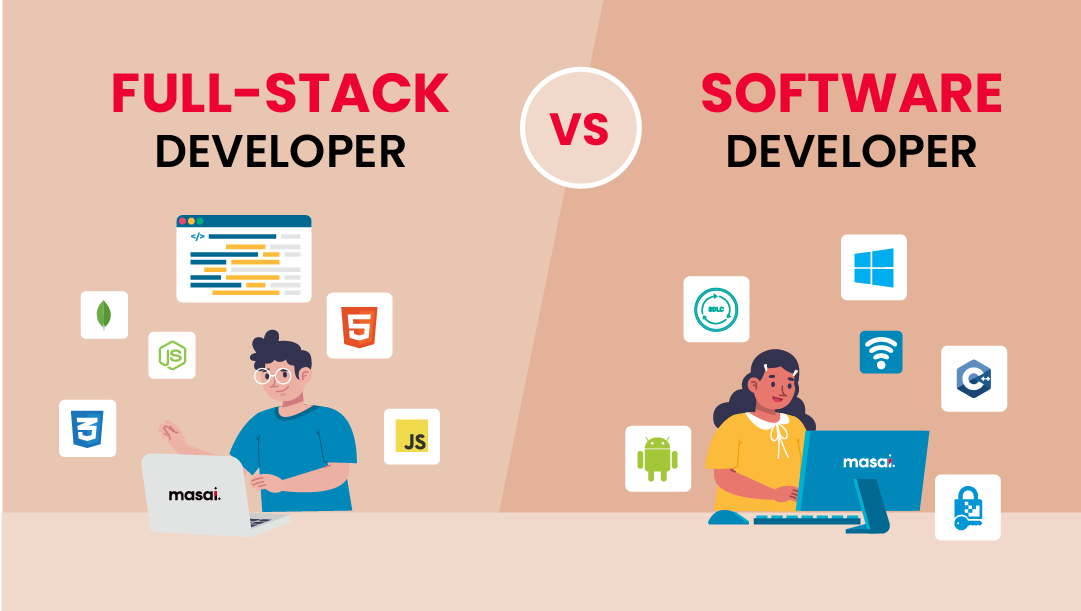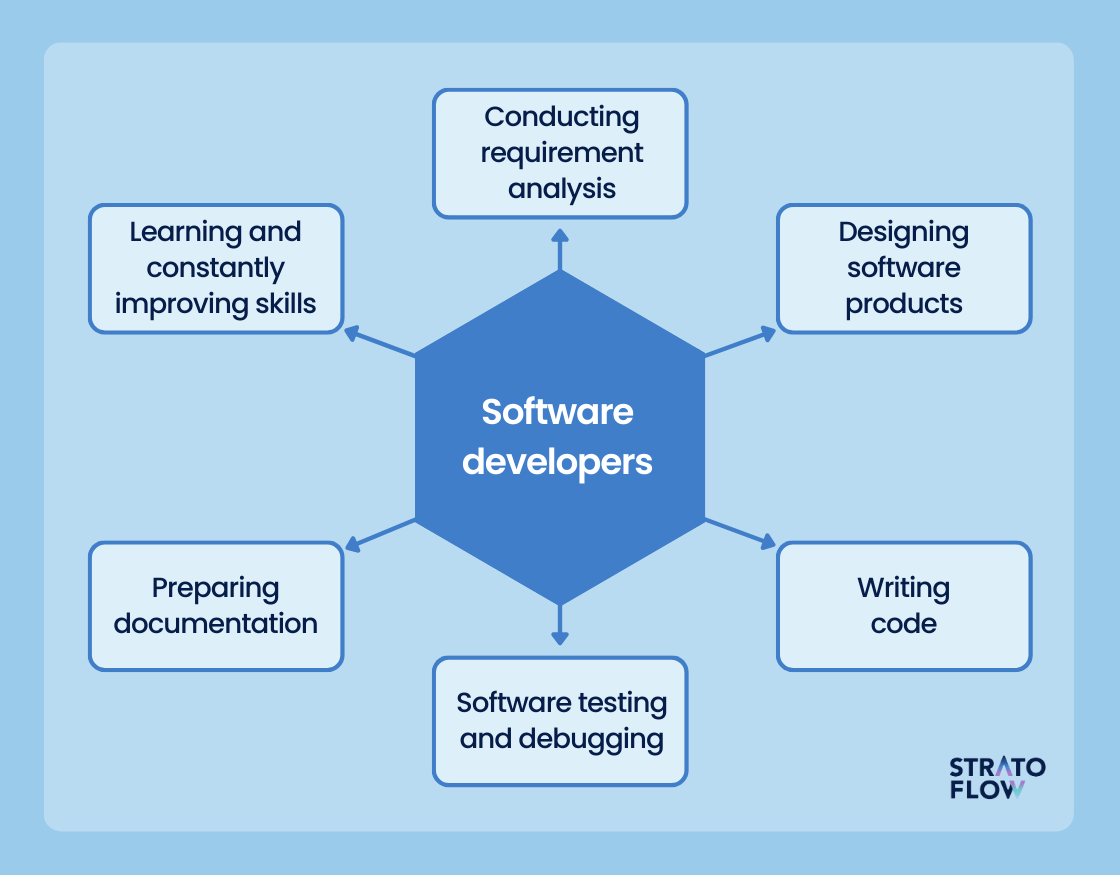Committed Developers vs. In-House Teams: Which Is Right for You?
The decision between utilizing dedicated designers and preserving an in-house group is a considerable one that can impact the trajectory of your projects and overall company method. On the other hand, in-house groups add to a cohesive business culture and a nuanced understanding of long-term goals.
Recognizing Committed Developers
The expanding need for specialized abilities in the tech sector has actually resulted in the development of dedicated developers as a sensible service for numerous organizations. These experts are normally acquired on a task basis, allowing business to take advantage of specific experience without the long-lasting dedication connected with full time hires. Committed developers are typically ingrained within a customer's group, offering flexibility and scalability to fulfill task requirements.
This model enables companies to access an international talent pool, which is specifically advantageous in a swiftly developing technical landscape. Devoted developers can be sourced from different geographical locations, making certain that business can discover the ideal ability at affordable prices. They frequently bring a wealth of experience and expertise, having actually worked with varied jobs across various industries.
In addition, specialized designers can focus solely on the tasks available, enhancing performance and efficiency. They are outfitted to incorporate perfectly into existing process, working together closely with internal groups to achieve task purposes. This approach not only decreases the worry of employment and training however likewise permits organizations to remain dexterous, adjusting rapidly to altering market needs and technological developments.
Benefits of In-House Teams

Furthermore, in-house groups tend to have a deeper understanding of the business's goal, values, and goals. This positioning can boost worker interaction and inspiration, as team participants really feel extra connected to their job and the company's success. Furthermore, having a specialized in-house group allows for better placement of approaches and purposes, as these members are continually focused on the firm's priorities.
Internal teams also promote quicker decision-making procedures, as they can respond a lot more rapidly to obstacles and changes. The recognized partnerships and experience with company methods permit streamlined workflows and reduced miscommunication. Ultimately, the combination of a natural culture, placement with organizational goals, and effective interaction makes in-house teams a valuable property for numerous organizations, especially those looking to cultivate long-term growth and innovation.
Price Factors To Consider
When assessing cost factors to consider, both in-house teams and committed programmers existing distinctive economic implications for companies. Engaging committed developers usually includes a pay-per-project or per hour price version, which can be economical for services with rising and fall project demands. This approach permits adaptability in scaling resources up or down, guaranteeing that companies only spend for the solutions they need.
On the other hand, in-house teams entail repaired prices, consisting of incomes, advantages, and overhead costs such as workplace and devices. While this version offers better control and instant availability of sources, it may bring about greater lasting costs, particularly if the work does not justify a permanent personnel.
Moreover, business need to think about the hidden costs linked with employment and training of in-house workers, which can additionally strain budgets. In some cases, the moment and resources invested in handling an in-house team can interfere see here now with the company's core organization objectives.

Project Management and Flexibility
Task administration and flexibility are essential aspects that affect the option between committed developers and internal groups. Dedicated teams usually have developed processes for handling tasks effectively, leveraging certain methodologies like Agile or Scrum, which assist in repetitive progress and versatility.

Eventually, the choice in between committed designers and in-house groups depends upon the wanted level of flexibility and the details job management needs. Business must evaluate their functional dynamics, job complexity, and source accessibility to determine which alternative lines up ideal with their calculated objectives.
Making the Right Option
Choosing the appropriate advancement approach-- specialized developers or internal teams-- calls for a careful assessment of different factors that line up with a company's calculated goals. dedicated development team. Take into consideration the nature of the project. If it requires specialized abilities or a quick scale-up, devoted programmers might be preferable. Alternatively, in-house teams can supply far better continuity and combination with existing workers.
Following, examine your budget plan. Devoted designers commonly offer a cost-effective solution for short-term projects, while internal groups may incur higher long-term expenditures as a result of wages, advantages, and overhead costs. Evaluate the level of control and cooperation wanted; internal teams generally foster stronger interaction and positioning with company culture.
In addition, take into consideration the moment frame. If immediate results are necessary, dedicated programmers can be onboarded quickly, whereas developing an in-house group takes some time for recruitment and training. Evaluate the long-term vision of your company. Investing in an internal team might generate far better returns over time if constant growth is crucial. Ultimately, the choice rests on a thorough evaluation of these factors, making certain alignment with your firm's general goals and functional requirements.
Conclusion
To conclude, the choice in between in-house groups and dedicated developers rests on project requirements and organizational objectives. Dedicated developers provide flexibility and specialized competence, making them appropriate for short-term initiatives. Conversely, in-house teams grow a natural society and deeper positioning with long-lasting goals. Mindful analysis of spending plan restraints, task timelines, and preferred control levels is vital for identifying the most appropriate approach, making certain alignment with critical top priorities and operational effectiveness.
The choice between making use of specialized developers and keeping an in-house team is a considerable one that can affect the trajectory of your tasks and general business approach.Job monitoring and versatility are crucial factors that affect the choice between in-house teams and committed designers. offshore software development.In contrast, internal groups may stand out in keeping a constant task management structure due to their knowledge with the company's society and lasting goals. Committed developers commonly present an economical solution for short-term tasks, while internal teams may incur greater lasting expenses due to salaries, benefits, and overhead prices.In verdict, the decision between in-house teams and devoted designers pivots on task needs and organizational objectives